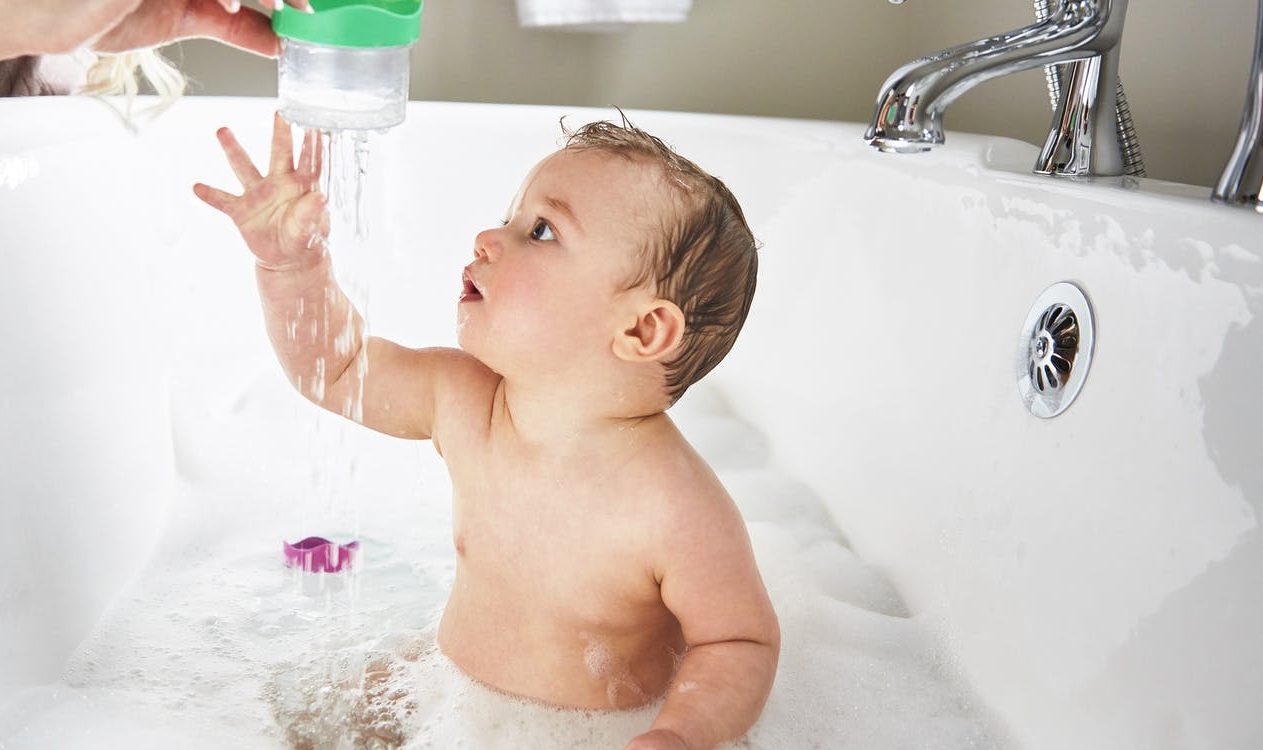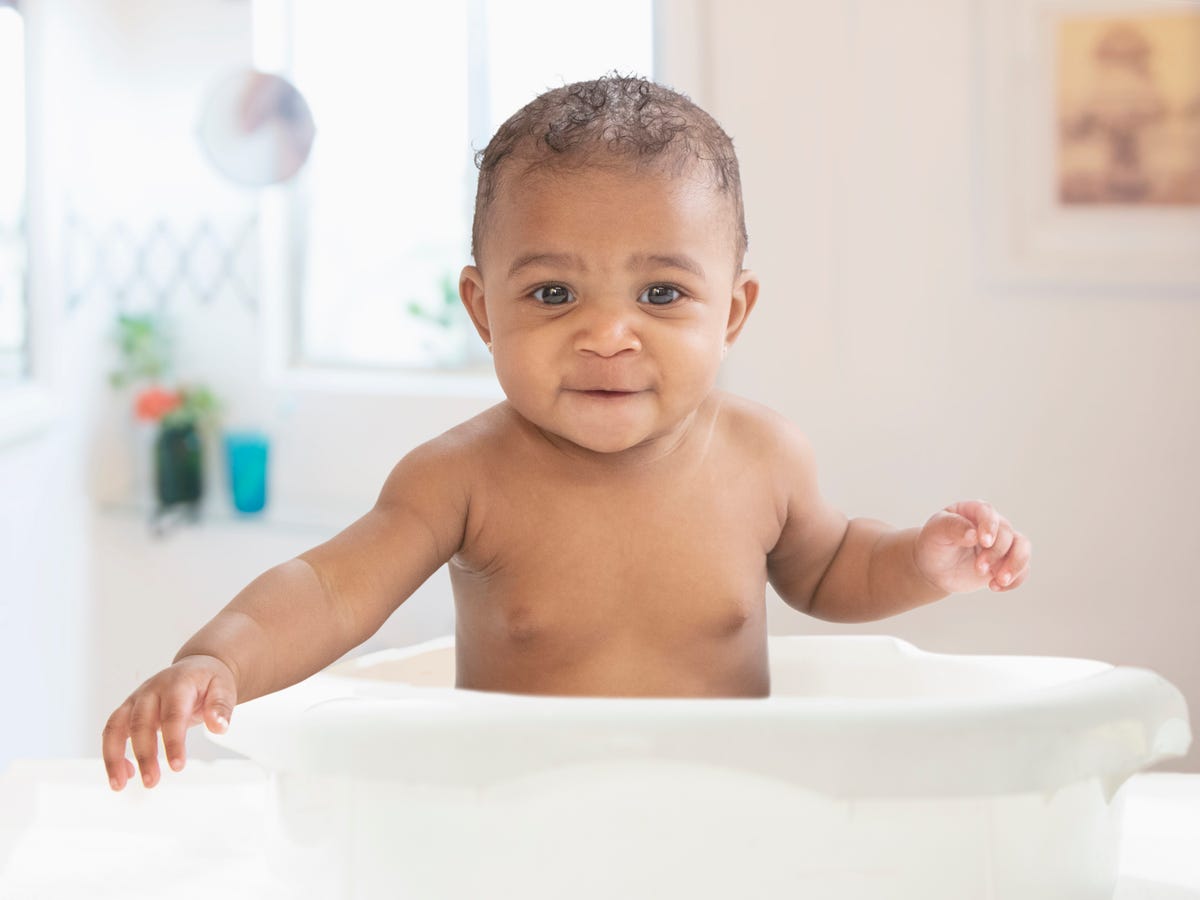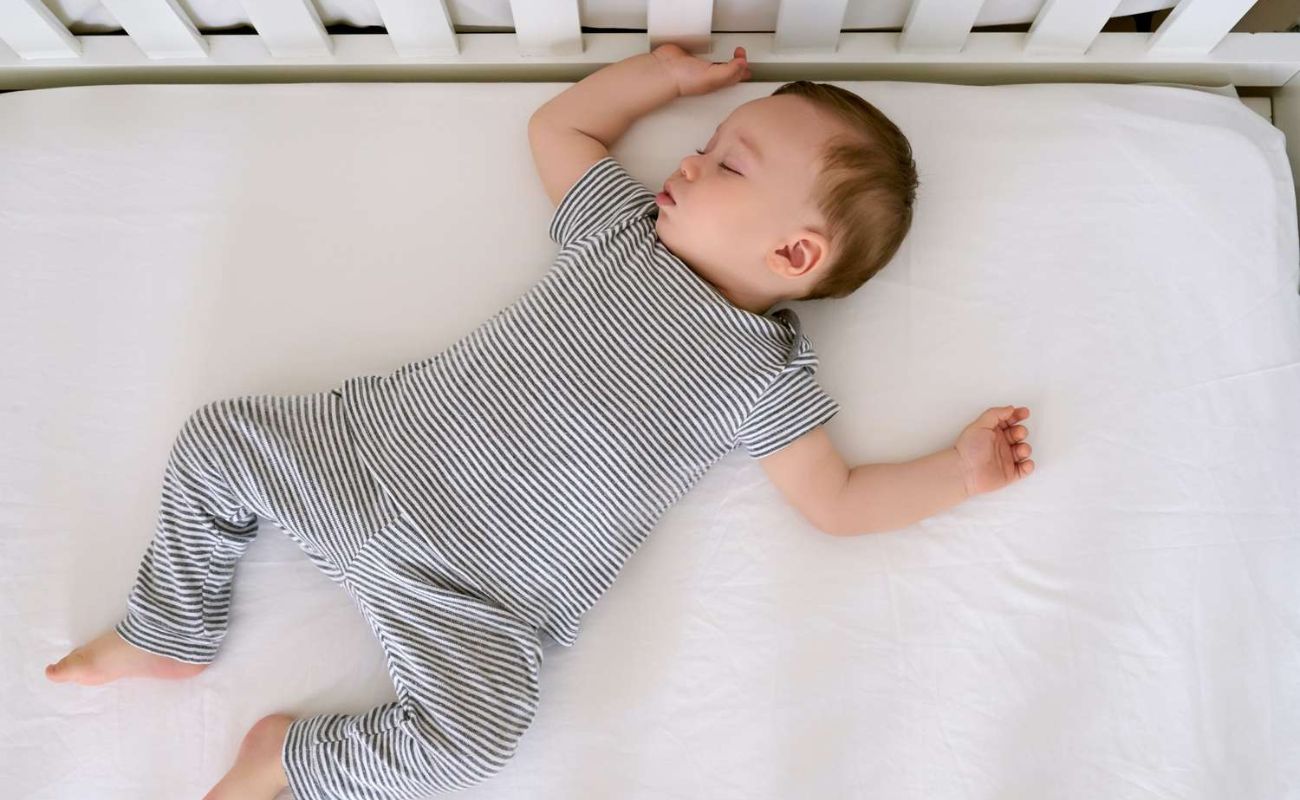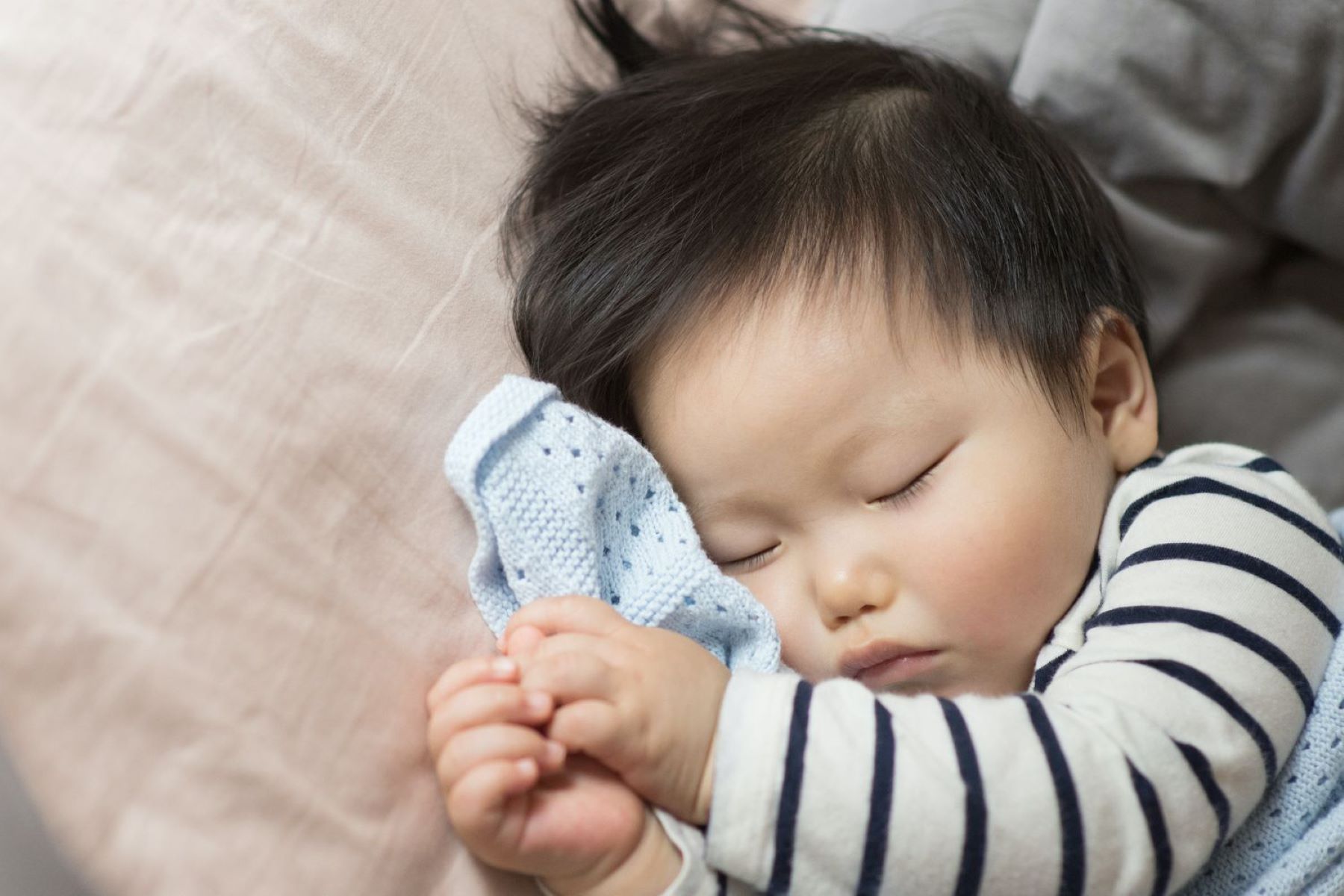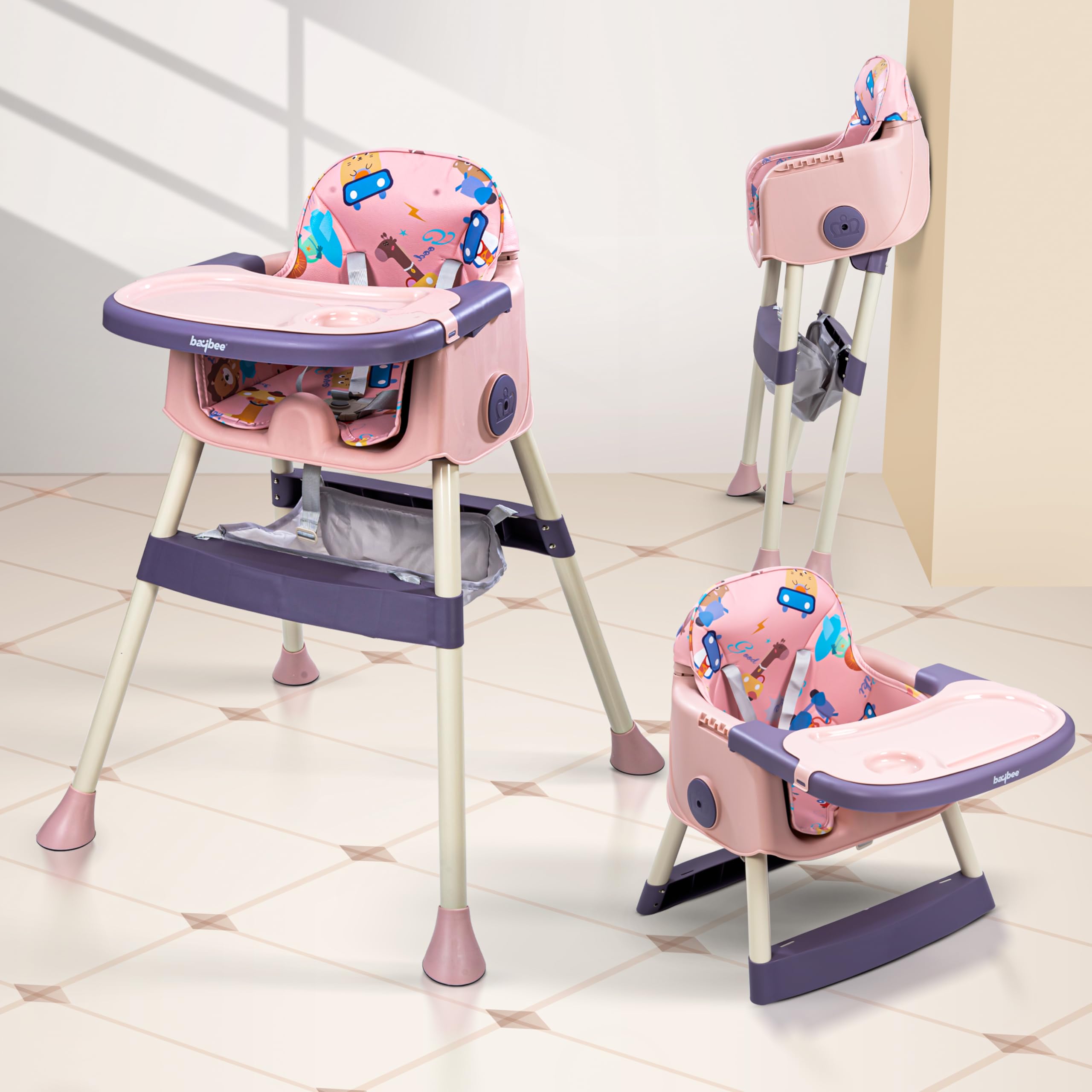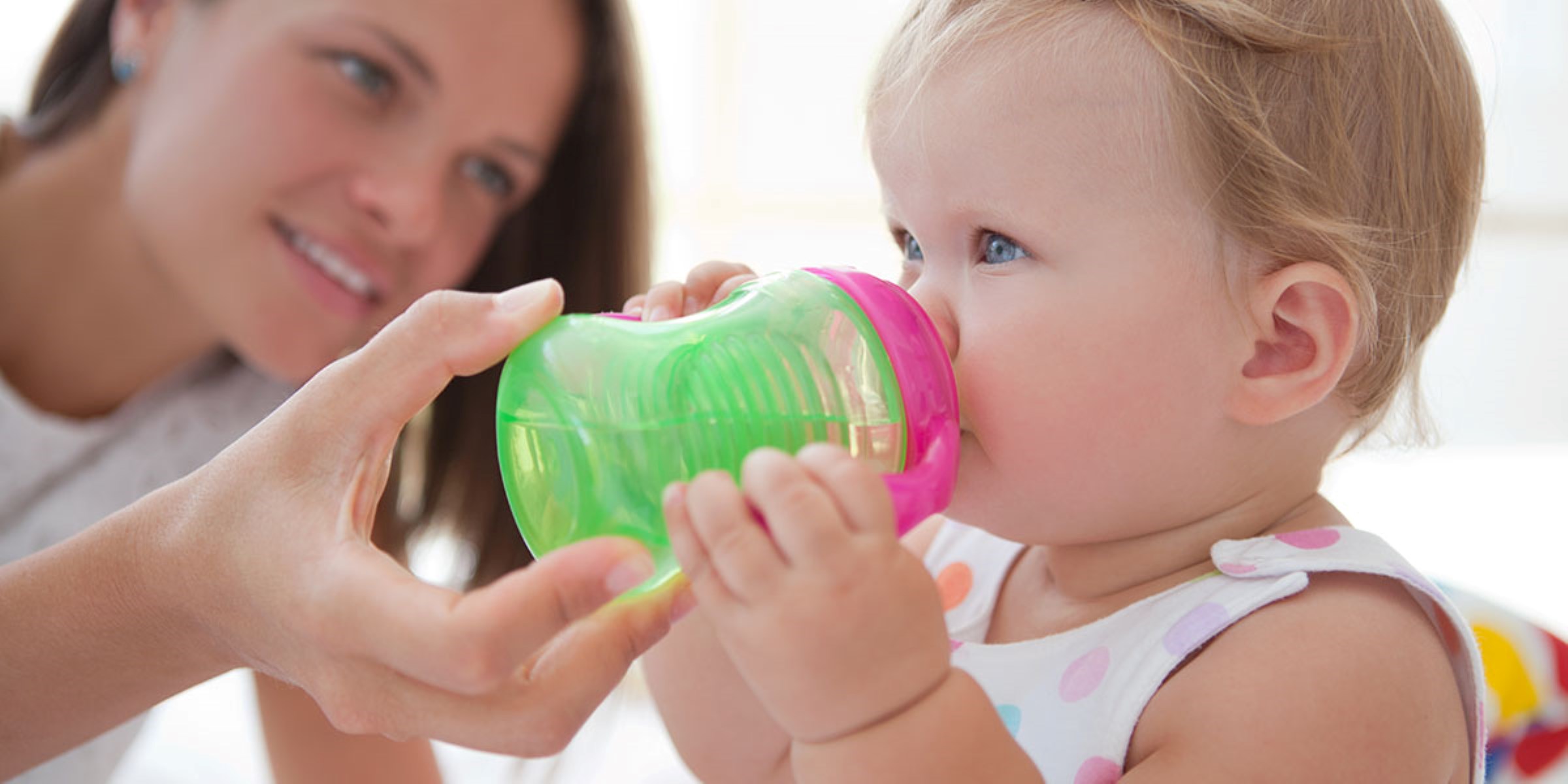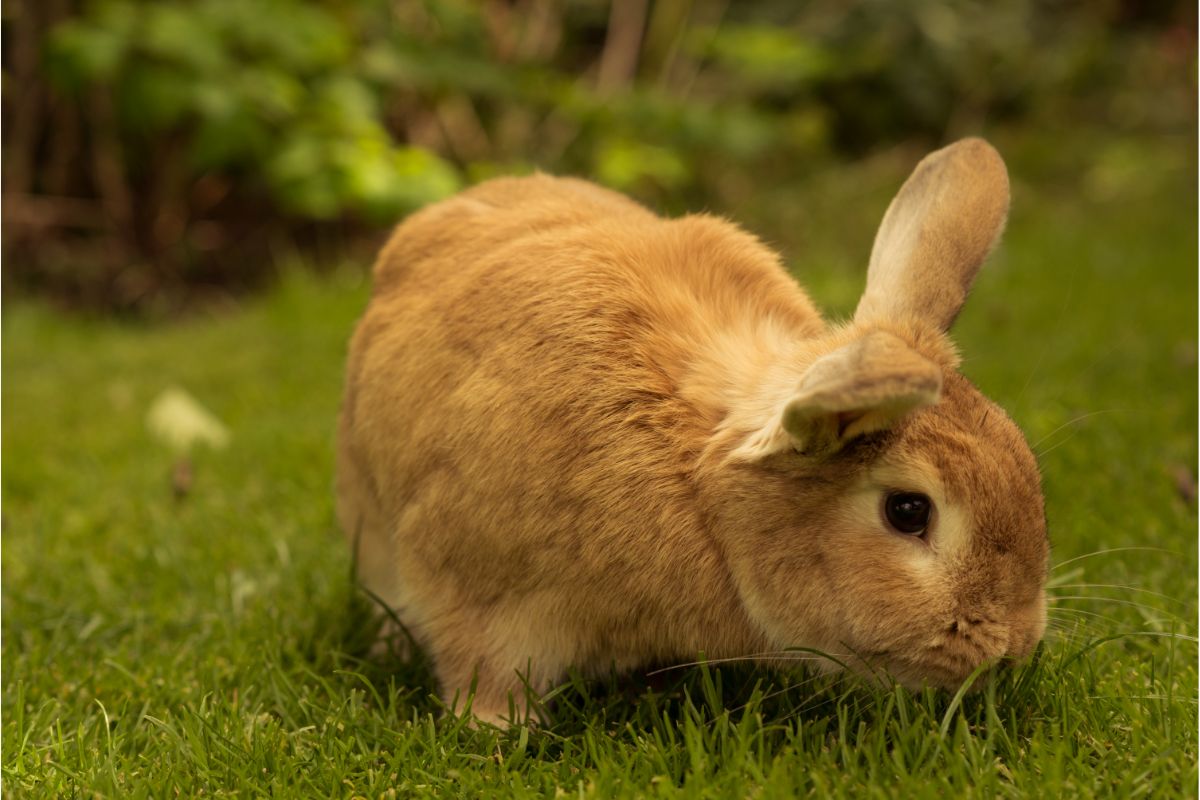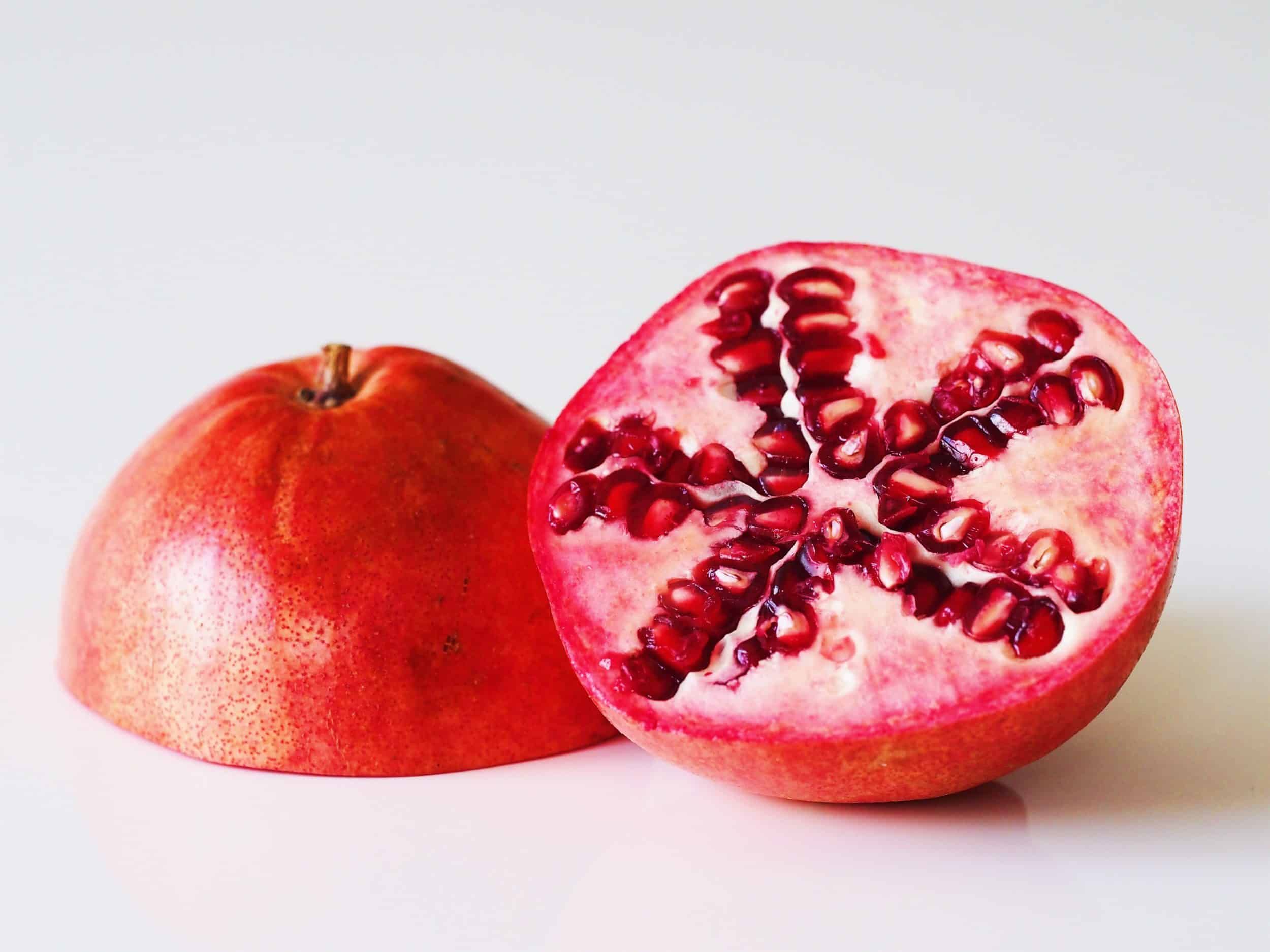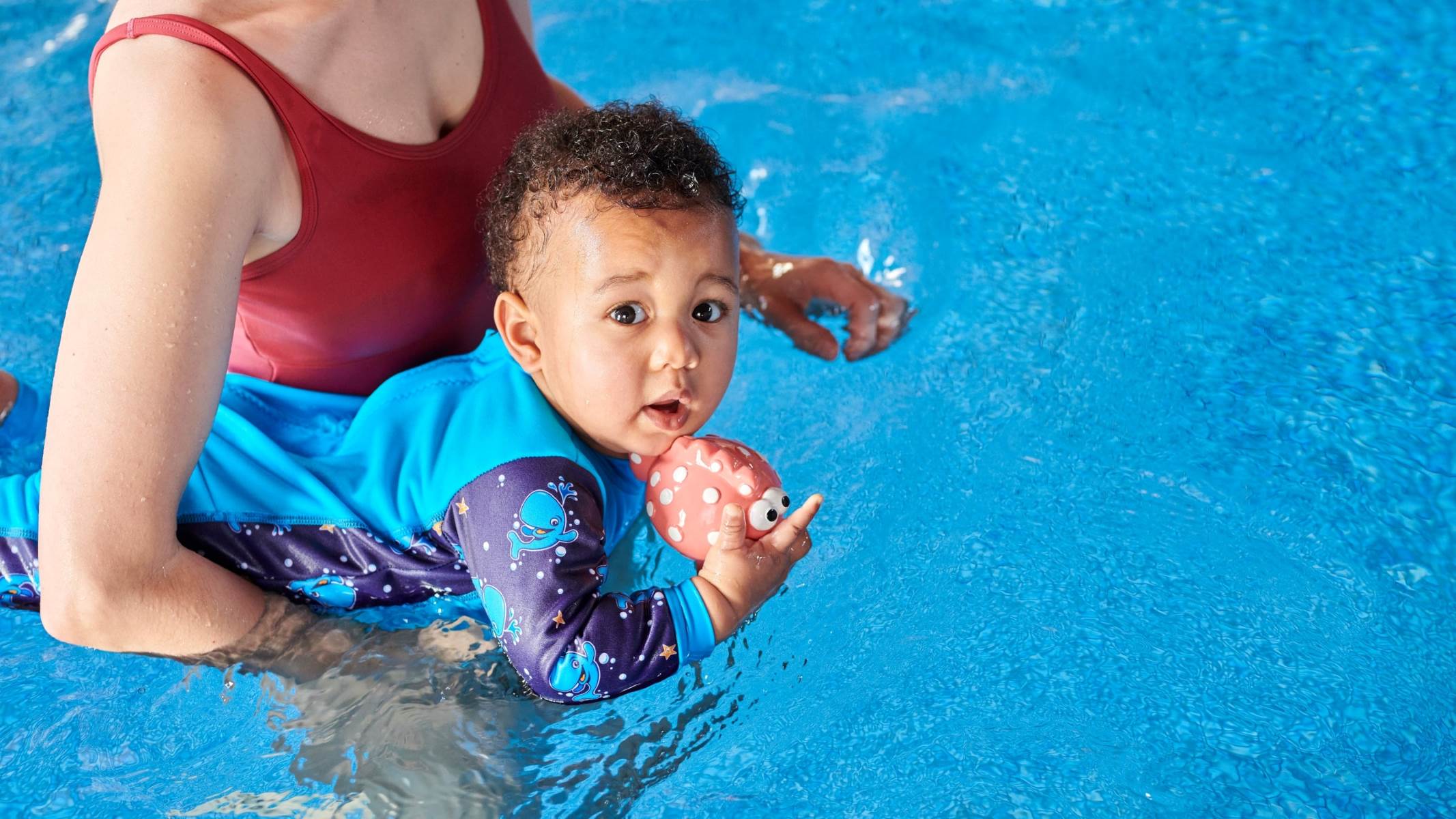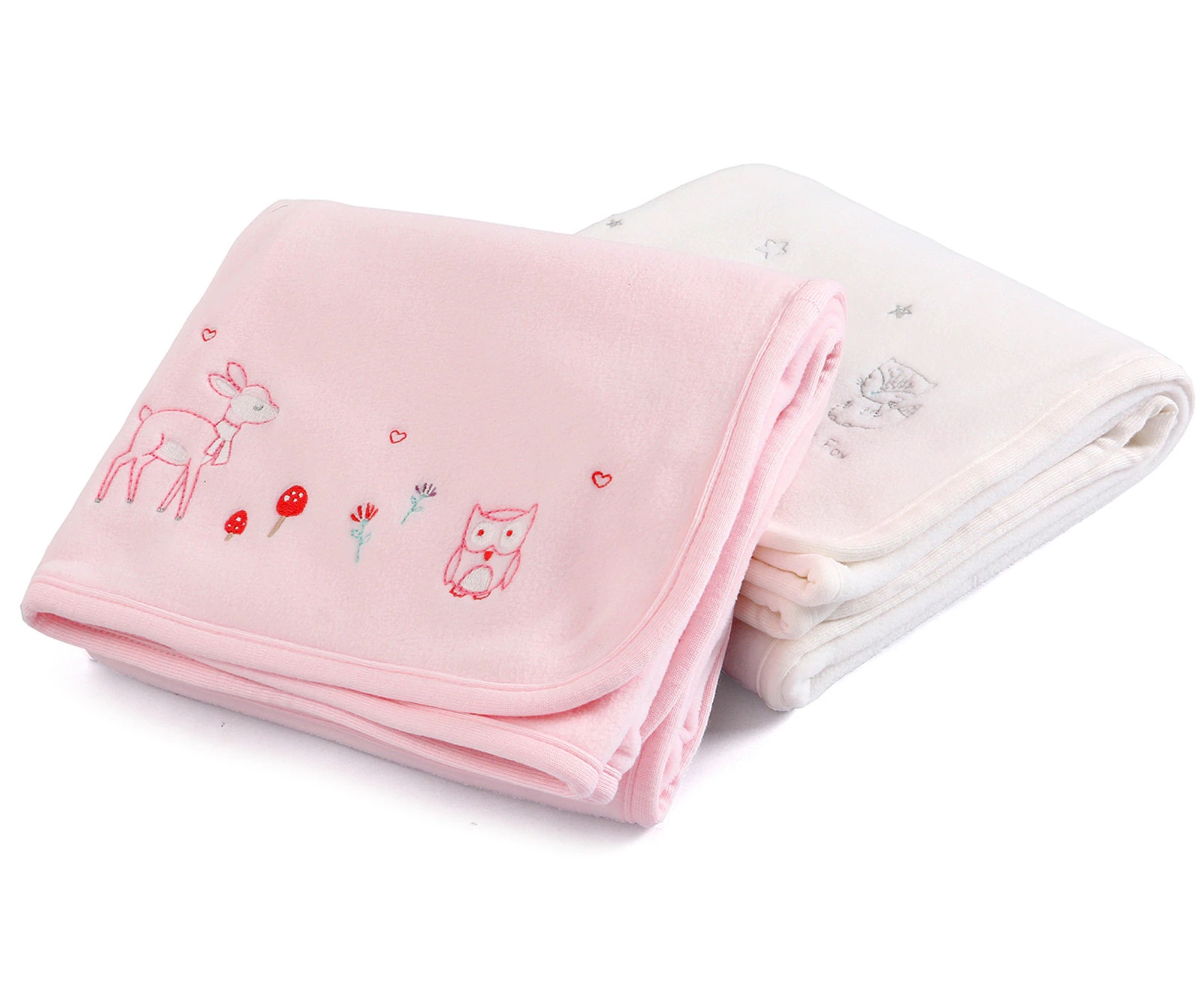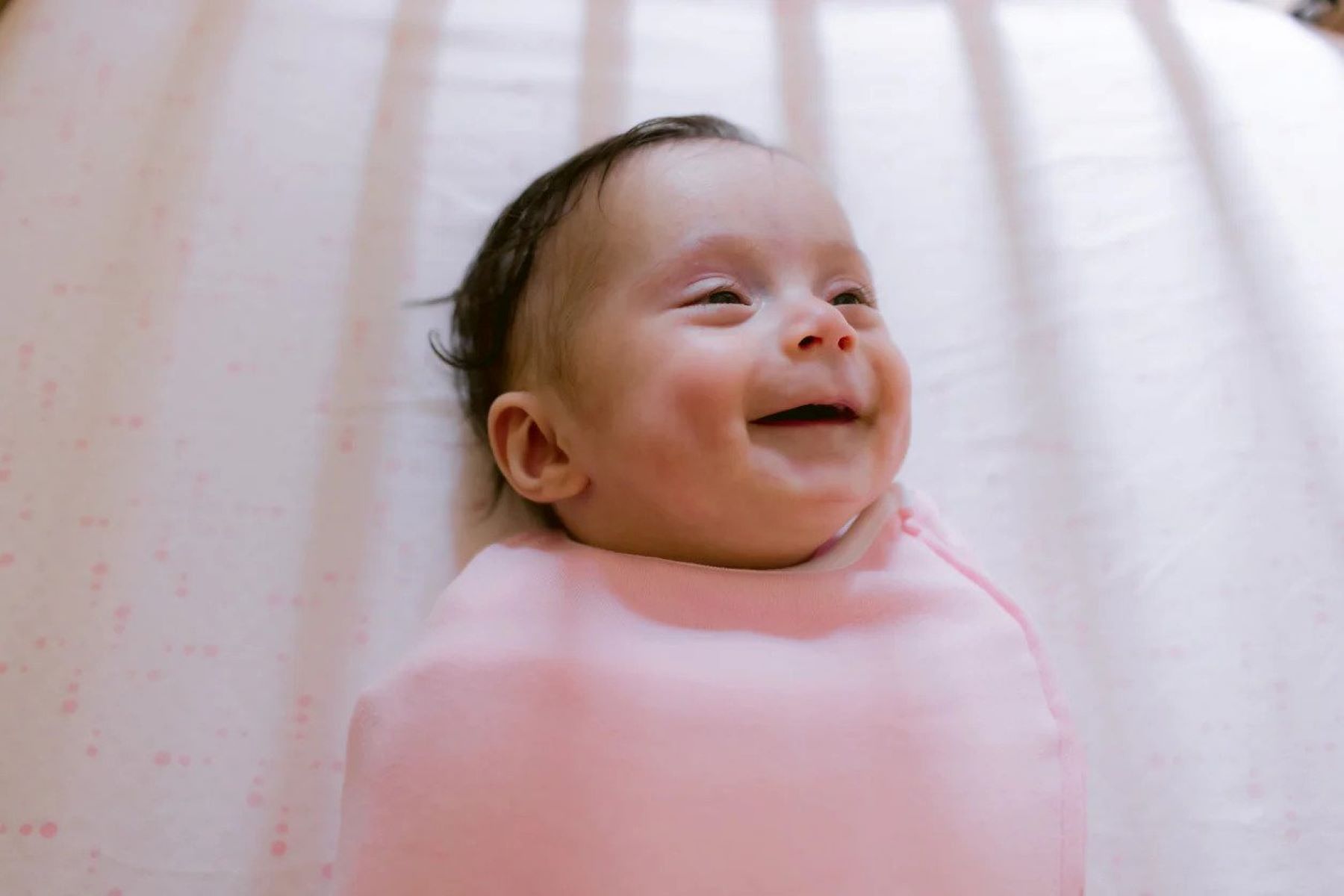

Articles
When Can Baby Have Pillow And Blanket
Modified: December 7, 2023
Discover the right time for your baby to use a pillow and blanket with our informative articles. Learn about safe sleeping practices and ensure your little one's comfort.
(Many of the links in this article redirect to a specific reviewed product. Your purchase of these products through affiliate links helps to generate commission for Storables.com, at no extra cost. Learn more)
Introduction
Introducing pillows and blankets into a baby’s sleep routine is a significant milestone for both the baby and the parents. Pillows and blankets can provide comfort and added warmth, but it’s important to ensure the safety of your little one. Knowing when it’s appropriate to introduce these items can help create a safe and comfortable sleep environment for your baby.
As a parent, you may have questions about when it is safe to start using a pillow and blanket for your baby. It’s essential to follow the guidelines and recommendations set by pediatric experts to reduce the risk of accidents and suffocation. This article will provide you with the necessary information to make informed decisions about introducing pillows and blankets to your baby’s sleep routine.
Before we dive into the details, let’s emphasize the importance of creating a safe sleep environment for infants. The American Academy of Pediatrics (AAP) recommends following the “ABCs” of safe sleep: babies should sleep Alone, on their Back, and in a Crib. This means avoiding soft bedding, pillows, and loose blankets that can pose a suffocation hazard.
Now, let’s explore the safety guidelines and recommended timeframes for introducing pillows and blankets into your baby’s sleep routine.
Key Takeaways:
- Wait until your baby is at least one year old before introducing a pillow or blanket to ensure safety and reduce the risk of suffocation during sleep.
- Consider safe alternatives like sleep sacks, swaddling, or layering clothing to keep your baby warm and cozy before they are ready for pillows and blankets.
Read more: When Can Babies Have Blankets And Pillows
Safety Guidelines for Pillows and Blankets
When it comes to pillows and blankets, the safety of your baby is of utmost importance. Here are some important guidelines to follow to ensure a safe sleep environment:
- Wait until your baby is at least one year old before introducing a pillow. Babies under one year old do not have the necessary neck strength and control to move their heads if a pillow blocks their airway.
- Choose a firm and flat pillow specifically designed for babies. Avoid using adult-sized pillows or ones that are too soft, as these can increase the risk of suffocation.
- Ensure that the pillow fits snugly inside the crib or bassinet and does not have any gaps between the edges of the pillow and the sides of the sleeping surface.
- Position the pillow at the top of the crib or bassinet, away from your baby’s face, and make sure it is secure and does not move during sleep.
- Regularly check the pillow for any signs of wear, such as loose seams or filling, and replace it if necessary.
- Never place pillows, stuffed animals, or other soft bedding materials in your baby’s sleep area. These items can increase the risk of suffocation or Sudden Infant Death Syndrome (SIDS).
- Similarly, avoid using loose blankets until your baby is at least one year old. Instead, opt for sleep sacks or wearable blankets that provide warmth without the risk of suffocation.
- If you choose to use a blanket, make sure it is lightweight and fits snugly around your baby’s crib mattress. Ensure that the blanket is tucked securely under the mattress to prevent it from covering your baby’s face.
Remember, the guidelines mentioned above are crucial to ensuring your baby’s safety during sleep. It’s always better to be cautious and adhere to these guidelines to reduce the risk of accidents or harm to your little one.
When Can a Baby Start Using a Pillow?
Babies typically do not need pillows for sleep until they are at least one year old. Before this age, pillows pose a potential suffocation hazard due to the underdeveloped neck muscles and limited ability to move their heads. Therefore, it is recommended to wait until your baby reaches this milestone before introducing a pillow to their sleep routine.
At around one year of age, most babies have developed sufficient neck control and mobility to adjust their position if a pillow were to impede their breathing. However, it’s important to choose a pillow specifically designed for infants. Infant pillows are typically smaller, firmer, and provide the necessary support without posing a safety risk.
When purchasing a pillow for your baby, look for options labeled as “infant pillows” or “toddler pillows.” These are specifically designed to provide comfort and support without compromising safety. Avoid using adult-sized pillows or ones that are too soft, as they can increase the risk of suffocation or interfere with your baby’s breathing.
Additionally, make sure that the pillow you choose fits snugly inside the crib or bassinet. There should be no gaps between the edges of the pillow and the sides of the sleeping surface. This ensures that the pillow remains secure and does not move during sleep, further reducing any potential hazards.
While it is safe to introduce a pillow at around one year of age, it’s important to remember that not all babies may be ready at the same time. Always closely monitor your baby’s behavior and comfort level when introducing a pillow to their sleep routine. If you notice any signs of discomfort or if your baby has difficulty adjusting to the pillow, it is advisable to wait a little longer before reintroducing it.
In summary, it is generally safe for babies to start using a pillow for sleep at around one year of age. However, it is essential to choose an appropriate infant pillow and ensure that it fits securely in the crib or bassinet. Remember to closely monitor your baby’s comfort and adjust the introduction of a pillow based on their individual development and preferences.
Babies can have a pillow and blanket in their crib once they are able to roll over and have good head control, typically around 12 months. Use a firm, flat pillow and a lightweight blanket to reduce the risk of suffocation.
When Can a Baby Start Using a Blanket?
Introducing a blanket to your baby’s sleep routine is another milestone that requires careful consideration to ensure safety. The American Academy of Pediatrics (AAP) recommends waiting until your baby is at least one year old before providing a loose blanket for sleep.
The primary reason for the recommendation is that loose blankets pose a suffocation risk for young infants. Babies under one year old may accidentally cover their faces with a blanket, resulting in difficulty breathing. This risk is especially prominent during sleep when babies are not under constant supervision.
Instead of a loose blanket, it is safer to use sleep sacks or wearable blankets to keep your baby warm during sleep. These are designed to fit securely around your baby’s body, eliminating the risk of suffocation or entanglement. Sleep sacks provide a cozy and comfortable alternative to traditional blankets while ensuring your baby’s safety.
As your baby grows and develops better motor skills, you can slowly introduce a lightweight and breathable blanket into their sleep routine. Generally, around the age of one, most babies have better control of their movements and can push away or adjust the blanket if it interferes with their breathing.
When introducing a blanket, it’s important to choose the right size and type. Opt for lightweight blankets made of breathable materials to avoid overheating. Avoid using heavy blankets, quilts, or comforters that can increase the risk of suffocation or cause your baby to become too hot.
Always ensure that the blanket fits snugly around your baby’s crib mattress and tuck it securely under the mattress to prevent it from covering your baby’s face. Regularly check the blanket for any signs of wear and tear, and replace it if necessary to maintain a safe sleep environment.
In summary, it is recommended to wait until your baby is at least one year old before introducing a loose blanket for sleep. Prior to the age of one, opt for sleep sacks or wearable blankets to provide warmth and comfort. When the time is right, choose a lightweight and breathable blanket, making sure it fits securely around the crib mattress and doesn’t pose a suffocation risk.
Alternatives to Pillows and Blankets for Babies
While pillows and blankets may seem like essential items for a baby’s sleep routine, there are alternative options that provide comfort and warmth without compromising safety. Consider the following alternatives until your baby is old enough to use pillows and blankets:
- Sleep Sacks or Wearable Blankets: Sleep sacks or wearable blankets are a safe and popular choice for ensuring your baby stays warm during sleep. These garments provide a cozy and secure environment without the risk of suffocation or entanglement. Look for sleep sacks made of breathable materials and with a proper fit for your baby’s age and size.
- Swaddling: Swaddling is a practice where a baby is snugly wrapped in a blanket for comfort and security. It can help newborns feel calm and secure by mimicking the feeling of being in the womb. However, it’s important to ensure you swaddle your baby correctly to avoid any risks, such as overheating or restricted movement.
- Layers of Clothing: Dressing your baby in appropriate layers of clothing can keep them warm without the need for additional blankets. Opt for lightweight and breathable fabrics, and adjust the layers based on the room temperature to help regulate your baby’s body temperature.
- Heating the Room: If the room temperature is a concern, consider using a space heater or central heating to keep the environment comfortably warm for your baby. It’s essential to follow the manufacturer’s instructions and take necessary precautions to ensure safe and regulated heat distribution.
- Crib Heating Pads: Crib heating pads are designed to fit under the crib mattress to provide gentle heat, mimicking the warmth of a parent’s touch. These pads offer a safe alternative to blankets by keeping the sleeping surface warm and cozy for your baby.
Remember, each baby is different, and what works for one may not work for another. Pay attention to your baby’s comfort needs and adapt sleeping options accordingly. It is always important to prioritize safety and ensure a comfortable sleep environment for your little one.
Read more: When Can A Baby Have A Duvet
Conclusion
When it comes to introducing pillows and blankets into a baby’s sleep routine, safety is paramount. It’s important to follow the guidelines and recommendations set by pediatric experts to reduce the risk of accidents and suffocation. Waiting until your baby is at least one year old before introducing a pillow and loose blanket is highly recommended.
Before the age of one, consider alternatives like sleep sacks or wearable blankets that provide warmth and comfort without the risk of suffocation or entanglement. Swaddling, layering clothing, heating the room, or using crib heating pads are also safe options to ensure your baby stays cozy during sleep.
Remember to create a safe sleep environment for your baby by following the ABCs of safe sleep: Alone, on their Back, and in a Crib. Avoid using soft bedding, pillows, and loose blankets that can pose suffocation hazards. Regularly check the condition of any baby sleep items and replace them if necessary.
As your baby grows and develops better motor skills, you can gradually introduce a pillow and a lightweight, breathable blanket into their sleep routine. Choose pillows and blankets specifically designed for infants, ensuring a snug fit in the crib or bassinet to prevent movement during sleep.
Understanding when and how to introduce pillows and blankets to your baby’s sleep routine is essential for their safety and comfort. By following the safety guidelines and recommendations provided, you can create a secure and peaceful sleep environment for your little one as they grow and thrive.
Always remember to consult with your pediatrician or healthcare provider if you have any specific concerns about your baby’s sleep routine or when it is appropriate to introduce pillows and blankets. Their guidance and expertise will ensure that you make the best decisions for your baby’s well-being.
Frequently Asked Questions about When Can Baby Have Pillow And Blanket
Was this page helpful?
At Storables.com, we guarantee accurate and reliable information. Our content, validated by Expert Board Contributors, is crafted following stringent Editorial Policies. We're committed to providing you with well-researched, expert-backed insights for all your informational needs.

